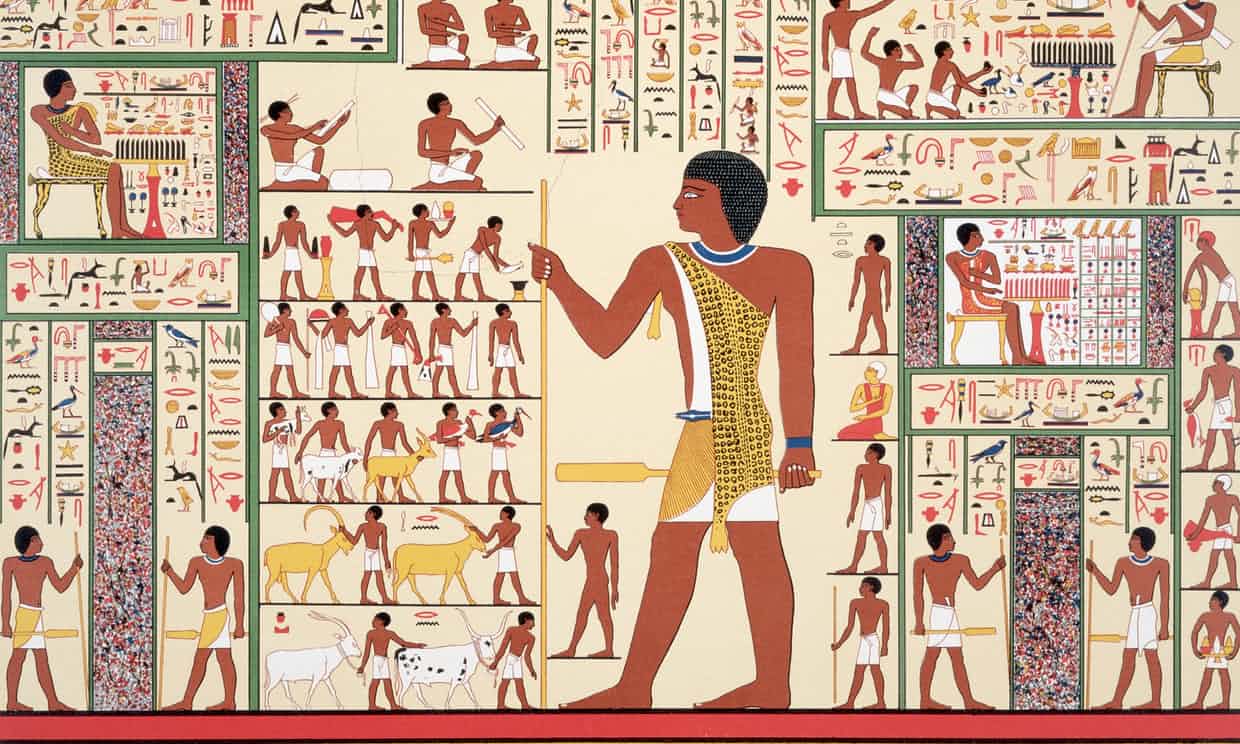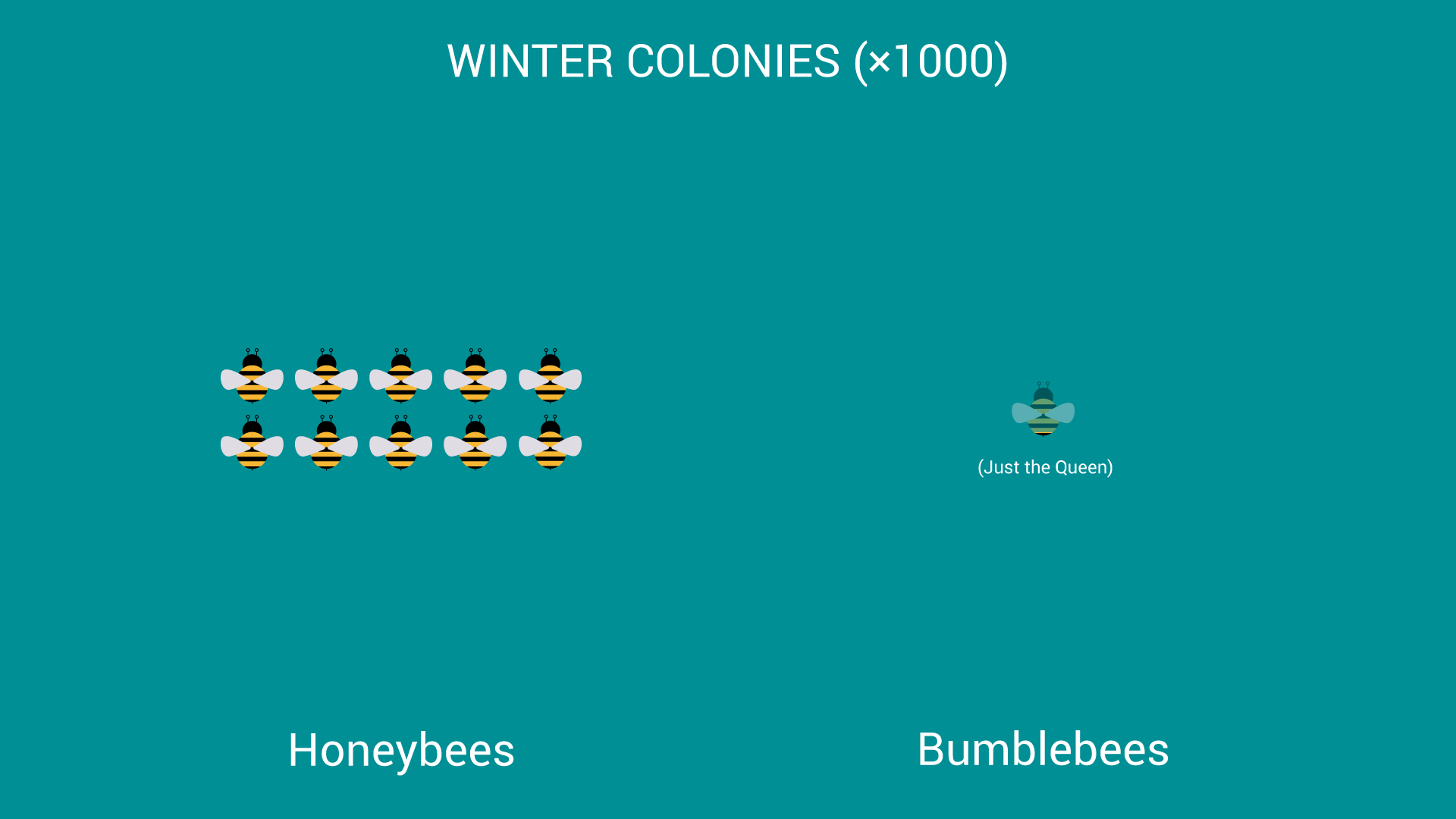Cave drawings dating back 20,000 years depict images of honey hunting. The ancient Egyptians transported their hives along the Nile to pollinate crops and buried their pharaohs with containers full of honey to sweeten the afterlife. The antibacterial and antiseptic properties of honey have made it as important to the apothecary as the chef over the centuries, while beeswax embalmed the dead and created artificial light.


